Software Development
Modified:
Introduction
Software development gives you the power to transform abstract ideas into (virtual) reality, the ability to communicate with and instruct computers, microcontrollers, web servers, and even your washing machine!
From developing software for use on a PC, to creating firmware that controls physical devices, the versatility of software is limitless.
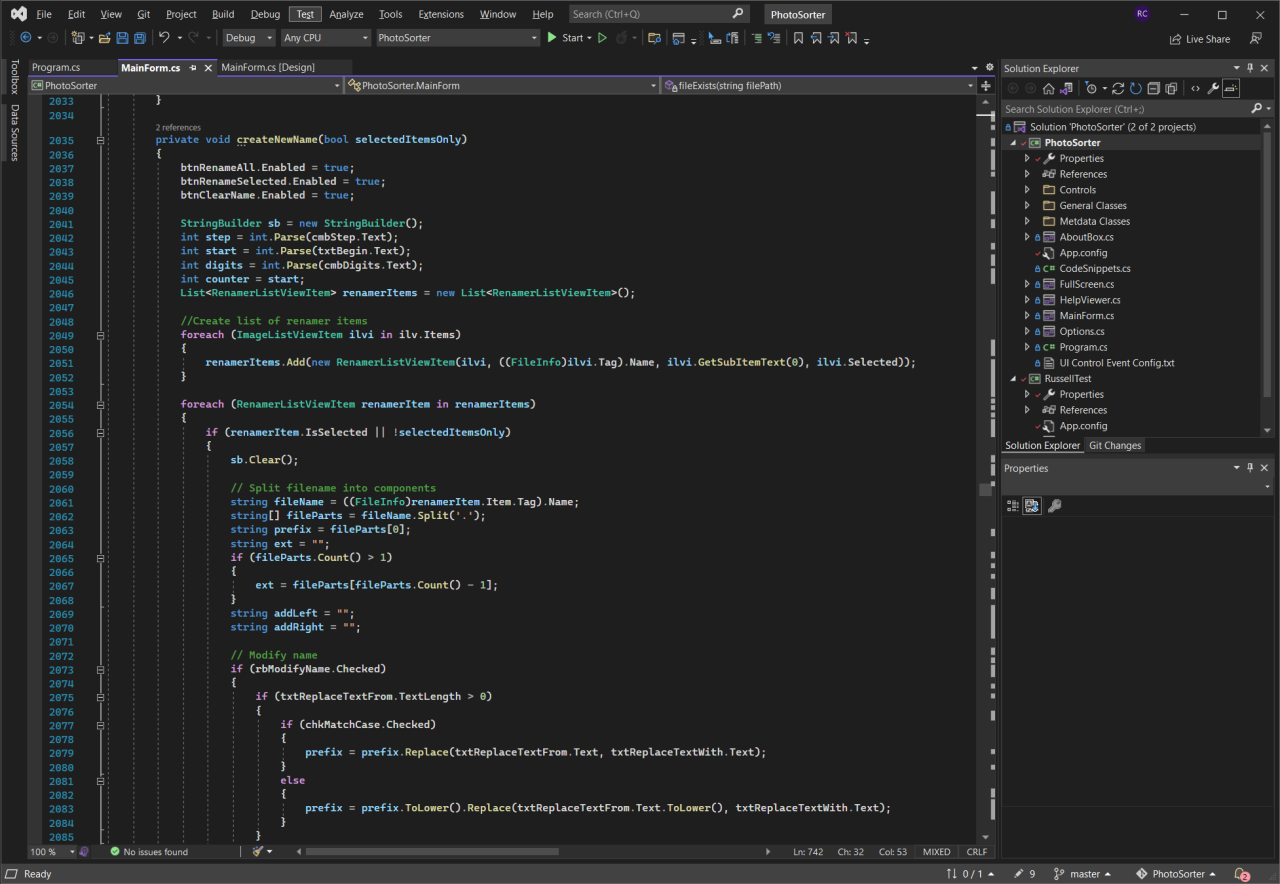
I have had the opportunity over the course of my professional career and hobby pursuits to learn a variety of software languages, but all with varying degrees of proficiency. I have a solid understanding of all the programming languages I have worked with, allowing me to effectively adapt snippets from my previous projects or code found online when implementing a specific function or requirement.
AI is a game changer! For example I asked Copilot to give me some JavaScript to add a listener to my Google chart to navigate to a specific URL when I click a bar on my Projects Gantt. It replied with the following snippet:
// Adding the event listener
google.visualization.events.addListener(chart, 'select', function() {
var selection = chart.getSelection();
if (selection.length > 0) {
var row = selection[0].row;
if (row !== null) {
var url = data.getValue(row, 2); // URL is in the third column
window.location.href = url; // Navigate to the URL
}
}
});This was more or less spot on, but I had the option of tweaking it to add additional logic, as I did.
I cannot remember the nuances or syntax of each language, given I don’t write code every day in every language. AI gives me the pointers or reminds me of syntax rules I have forgotten or teaches me something new, thus enhancing my efficiency and accelerating the development process.
The following is a list of languages, formats and tools I am familiar with, in order of proficiency and experience:
Programming Languages:
- C#
- C++
- Visual Basic
- VBA
- Python
- Assembly (Microchip PIC)
- Java
- C
- BASIC
Declarative Languages:
- SQL
- Transact SQL
- HTML
- CSS
- XSLT
- Markdown
Scripting Languages:
- VBScript
- JavaScript
- TCL
- DOS Batch
- Linux Bash
Data Formats:
- CSV
- Excel
- JSON
- YAML
- XML
IDEs:
- Visual Studio
- Visual Studio Code
- Arduino IDE
- Thonny
- MPLAB
- Eclipse
- PlatformIO
- PyCharm
Editors:
- Notepad++
- Notepad
- Sublime Text
- TextPad
History
Basic
My first introduction to computers, or anything more advanced than a calculator or Nintendo Game & Watch, was at school in the 80s. The school had a Media Centre which had a few Sinclair ZX Spectrum 48K computers connected to TVs and tape recorders. I was immediately interested and started learning BASIC. I created some cool dynamic geometric shapes on screen, and a very ‘BASIC’ game. I wrote a few programs program that did some calculations for you, by asking you to input some numbers.
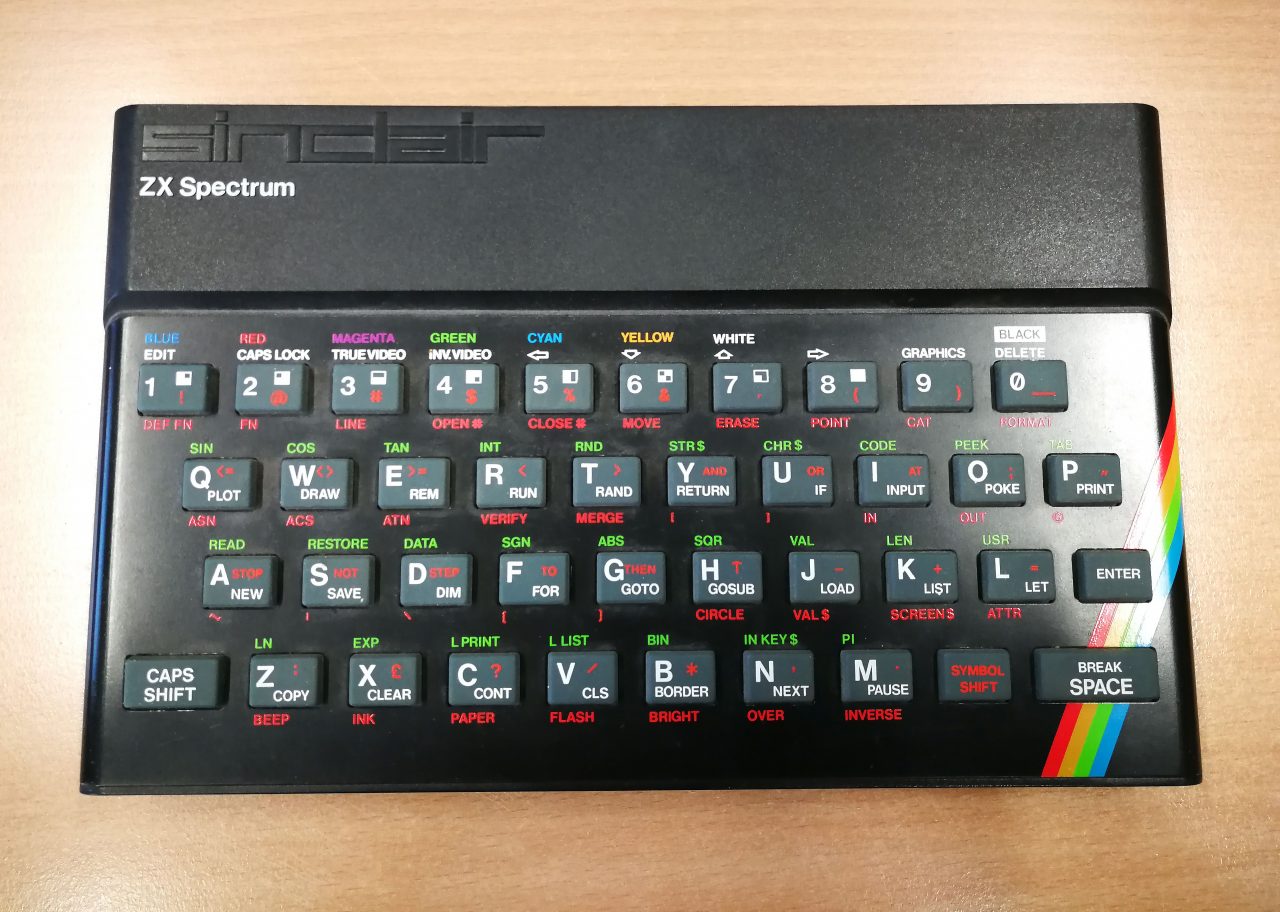
For the electronics aficionados, this is the ZX Spectrum motherboard:
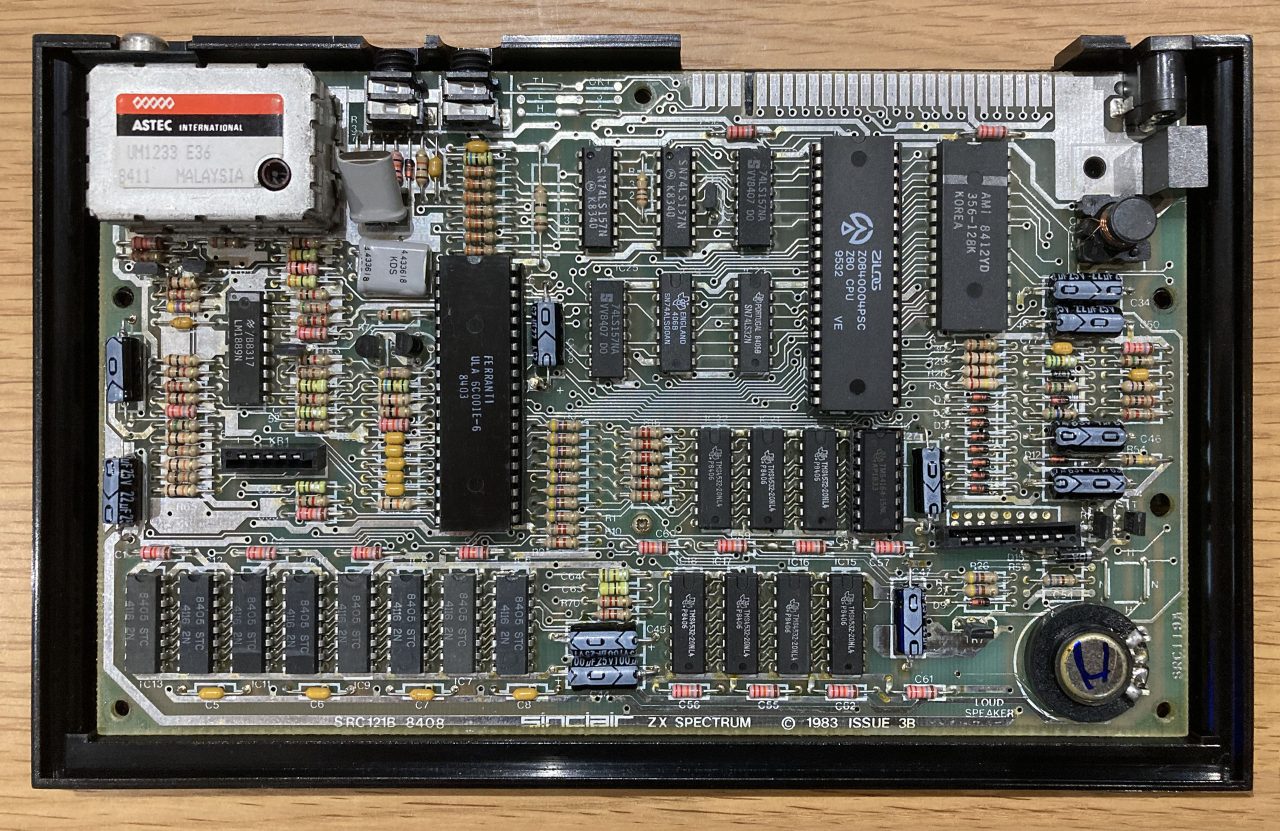
Assembly
In the mid-1990s I taught myself PIC microcontroller assembly, having covered assembly language programming as part of my electrical engineering studies.
One of the projects that made use of the PIC microcontroller was the Microprocessor Controlled Charging System.
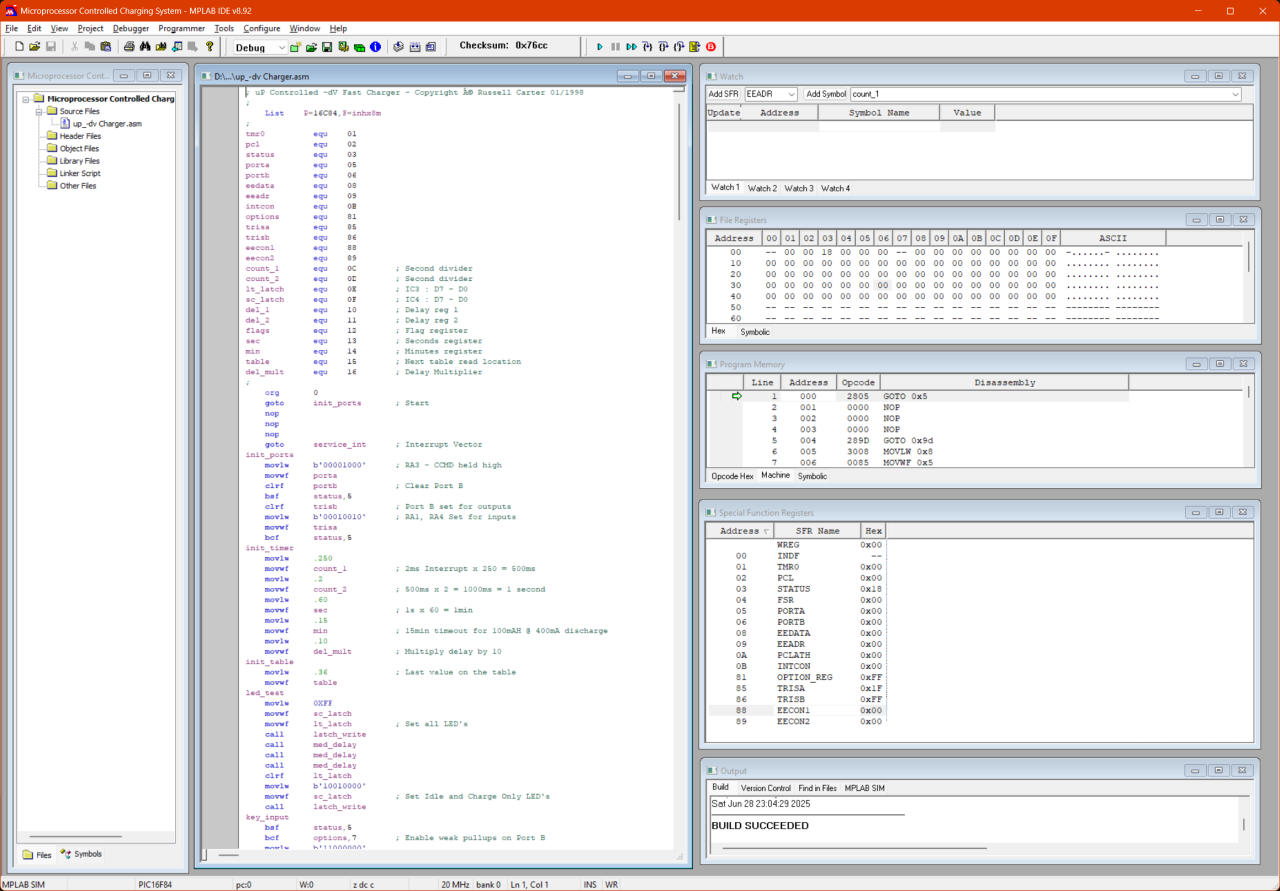
Visual Basic
In the late 1990s that I started dabbling in Visual Basic for Applications (VBA) to enhance functionality in Microsoft Access databases I created.
I soon moved onto Visual Studio 6.0 and started learning Windows application development (see my pLayer 3 and Russman’s Image Browser for examples).
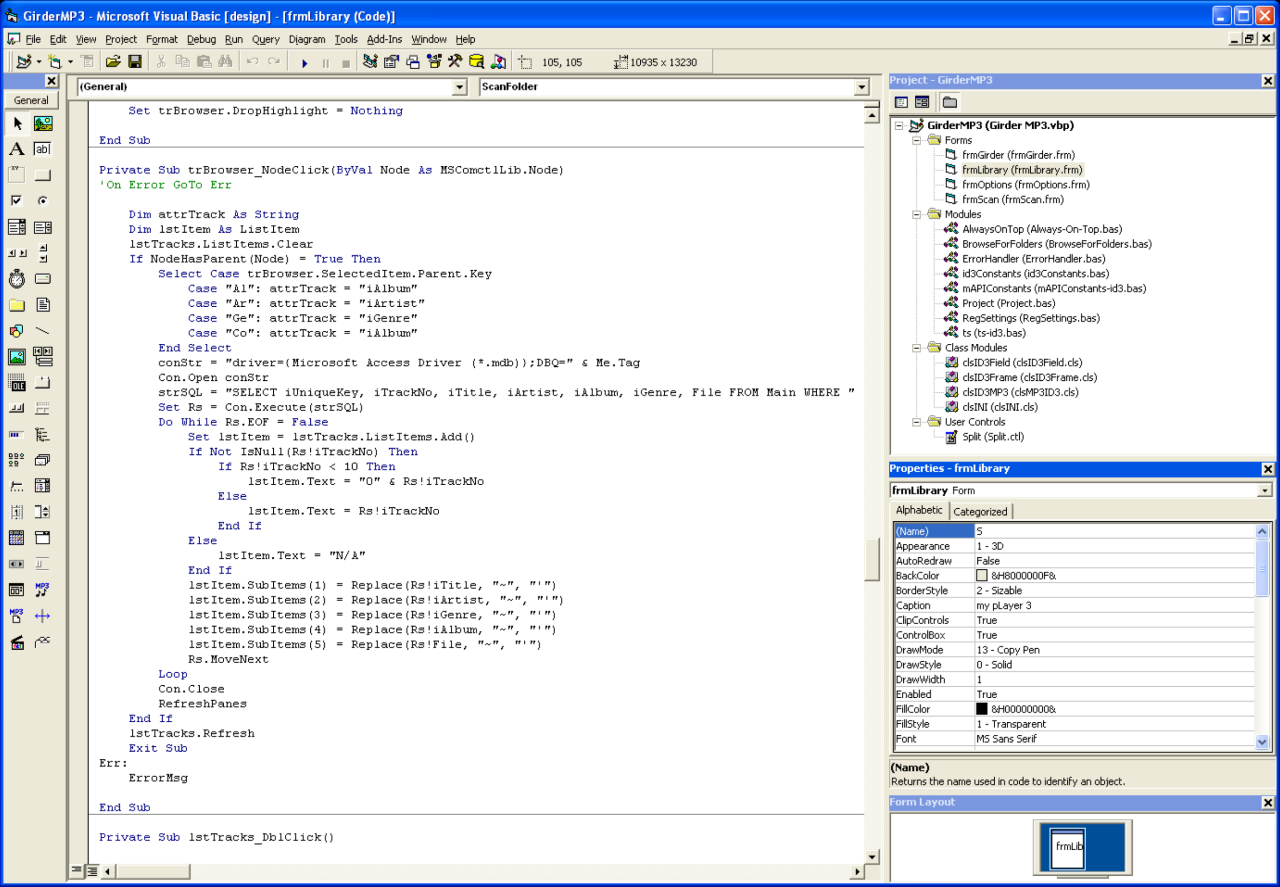
C++, Java, .Net
In 2002, the Microsoft .Net Framework was introduced, and Microsoft made it relatively easy to switch between Visual Basic 6.0 and Visual Basic .Net. So I made the switch and used Visual basic for a year or so.
In 2003, following my enrolment at Birkbeck, University of London, I began a part-time Postgraduate Diploma in Computer Science. This course included the following subjects:
- C++
- Object Oriented Programming with Java & C#
- Software Engineering – Object Oriented Analysis and Design & UML
- Database Management
- Data Structures
- Computer Architecture
- Operating Systems
- Neural Networks
- XML
- Networks
- Information Systems
- Social Implications
- Writing, Formal & Natural
At some point after exposure to curly-braced languages I started developing in C#, which was a relatively easy transition from Visual Basic.Net.
Over the years I wrote a number of applications, professionally and personally, and a lot of incomplete test applications for learning purposes, but also a few applications I intended to use, such as Russell’s Photo Browser.
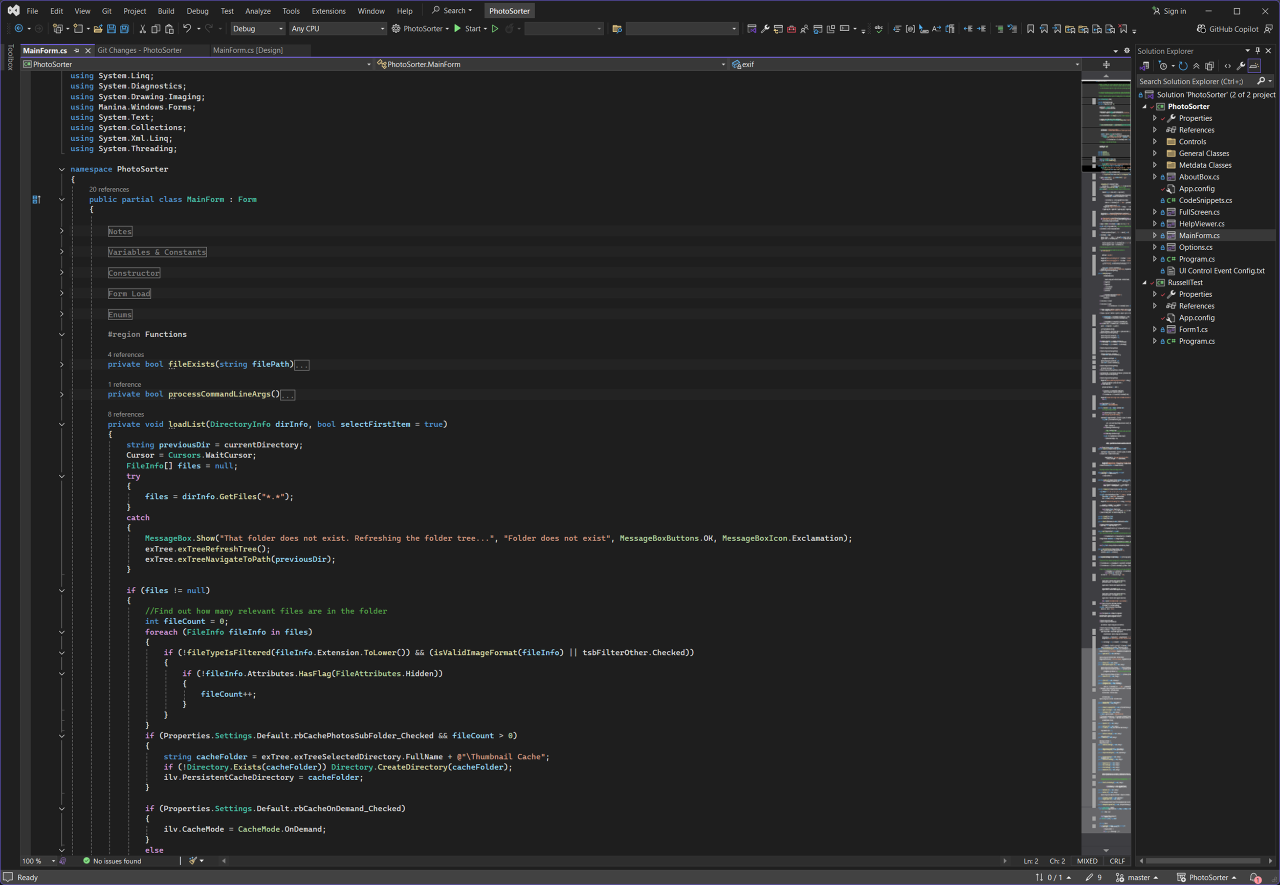
Arduino C++
In 2018 I bought my first Arduino. What a game changer – they made it so easy to use, you really don’t have any excuse not to use them!
With a background in C++ from university and prior experience in C#, programming the Arduino came naturally. The main learning curve was understanding its object model – specifically how to reference pins and use its built-in functions.
In the Electric Cart I built, I used an Arduino to receive signals from a remote control and manage multiple motor drive boards. For steering, I engineered a custom servo system using a windscreen wiper motor paired with a potentiometer, implementing PID control in software to achieve precise directional movement.
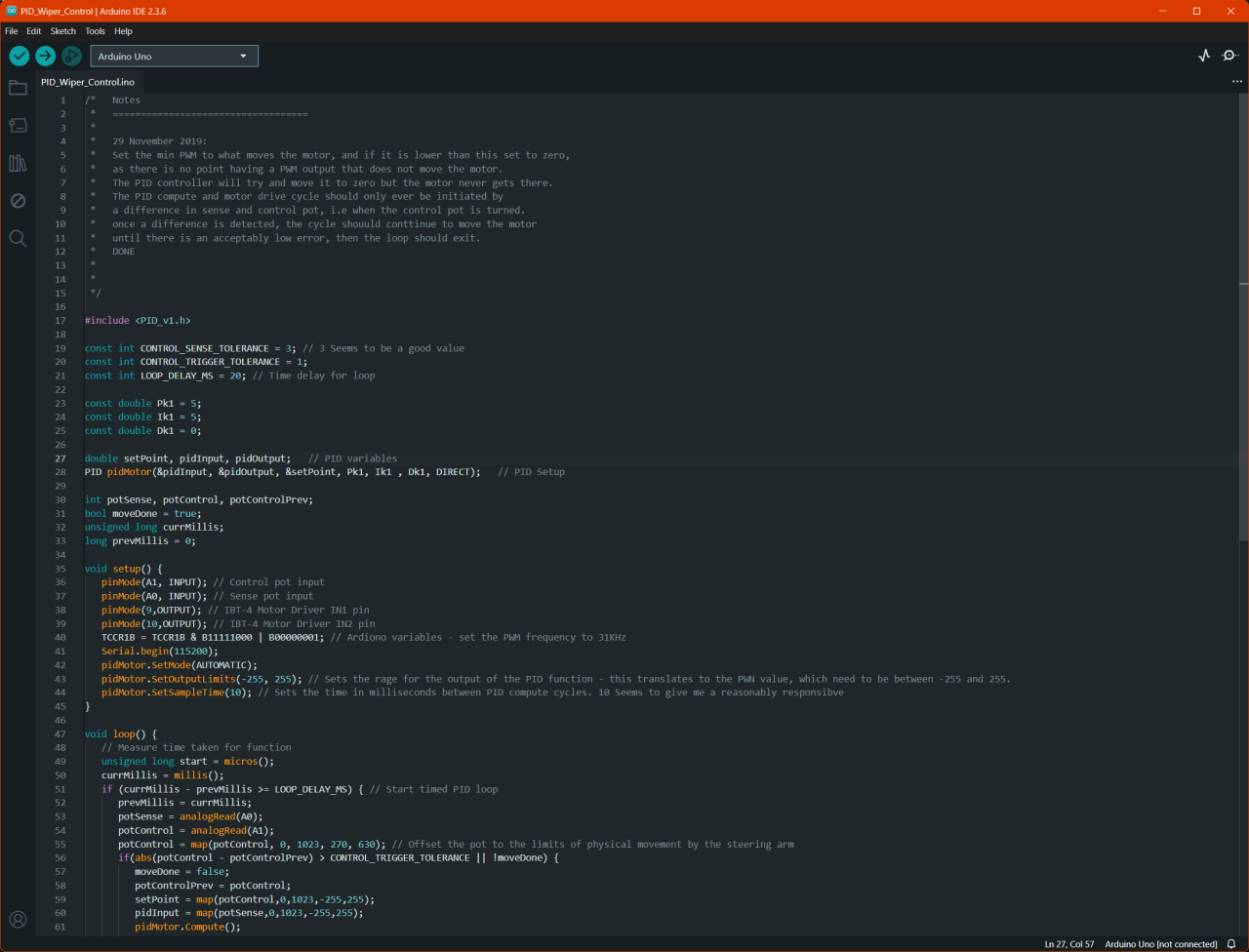
Python
In 2018, I purchased my first Raspberry Pi – Model 3B+. After installation, exploring Linux, and experimenting with GPIO pin interfacing, I built a Digital Photo Frame as my first project. While its primary function was to display images, I expanded its capabilities by integrating a climate dashboard using the Bosch BME280 sensor. Given Python’s prominence in Raspberry Pi development and its extensive library support, I began learning the language with a focus on hands-on, practical applications.
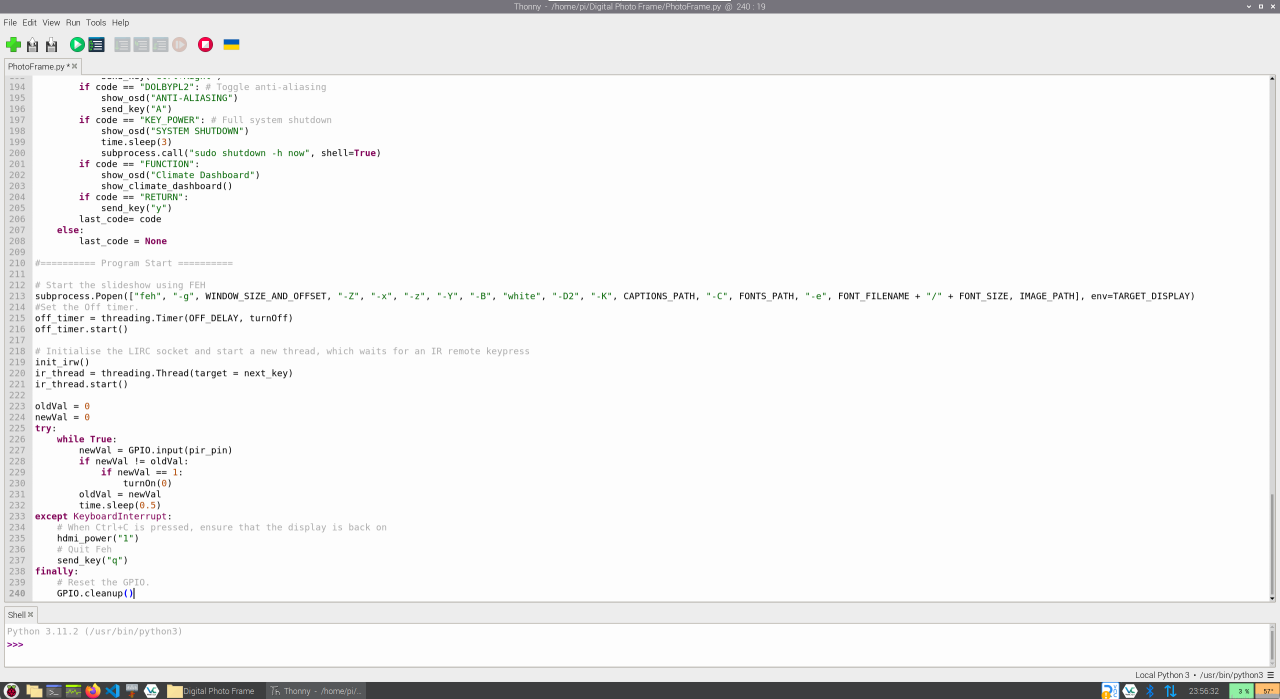
Others
Over the course of my professional life I have learned and used many other languages (listed above), such as TCL which we used as HTML embedded scripts for an email marketing platform; SQL for database queries and stored procedures, transforming XML with XSLT, etc.